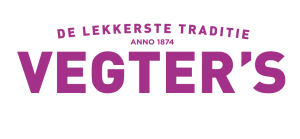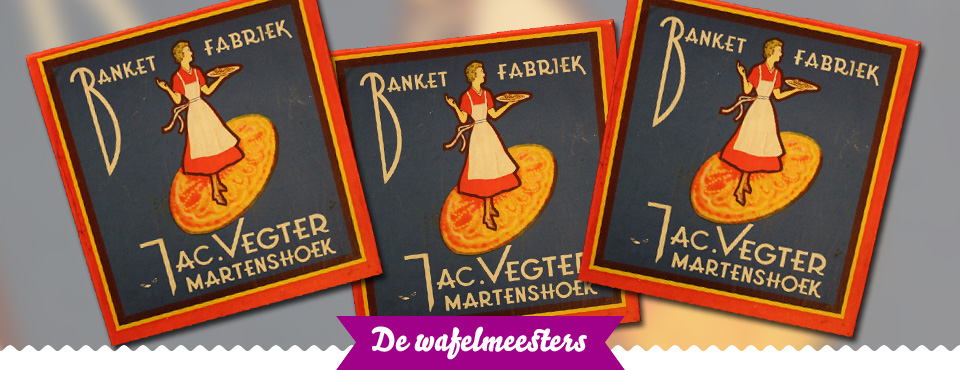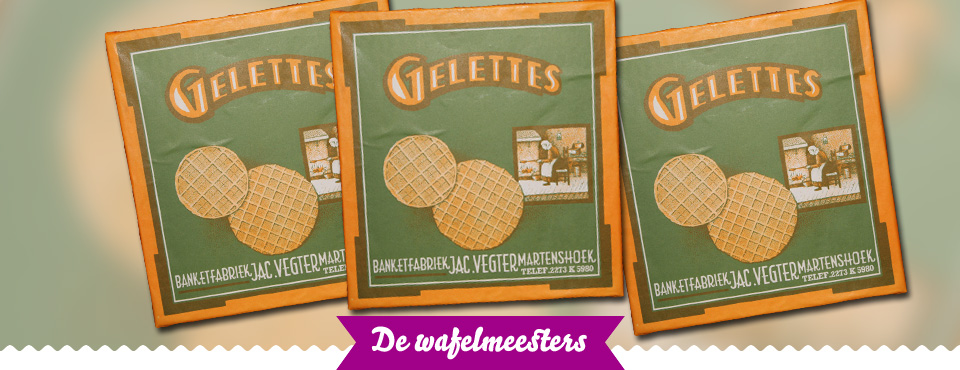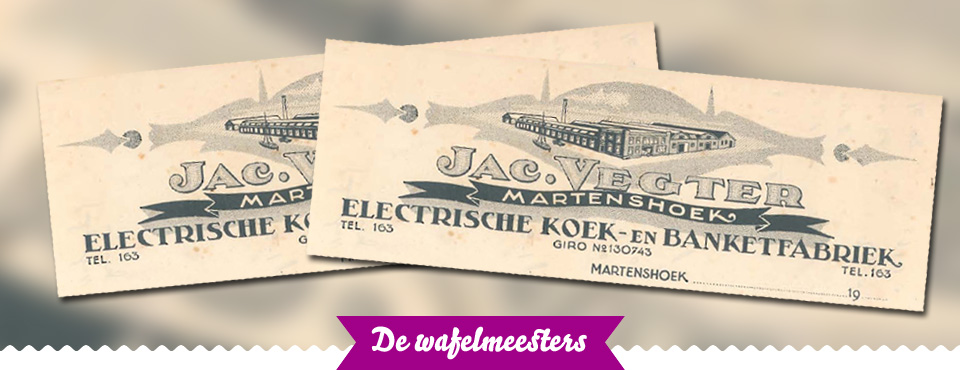New Year’s Rolls and Knijpertjes
The tradition of serving rolls and wafers to guests around New Year is one which has been around for centuries in the North of the Netherlands. Traditionally, these products are made in the dark days before Christmas by the whole family, gathered round the fireplace, a bucket of dough, a waffle iron and a large spoon. First, they make a thin wafer, which they roll up on the back of the spoon to make a roll. They were stored in a milk can, so they can be presented freshly to the guests that com over in the New Year.
Symbolism
The difference between Knijpertjes (wafers) and New Year’s Rolls is that the Knijpertjes are not rolled up and the Rolls are. This symbolises the difference between the old and the new year. The Knijpertje represents the old year, with all its secrets laid out. The Roll represents the new year, with all the unknown still laying secretly inside.
History
Wafers have been made in Western Europe since the tenth century. Initially, this was done by monks. Their host wafers were used as sacramental bread in the churches. The latin word is hostiaoblata, to which the French word oublies and the German oblaten can be traced back. The following centuries saw an increase in home baking, which accounts for the many different types of wafer which can be found in Europe. However, they are all made by putting some dough in between two pieces of iron and heating it in a fire or an oven.
Now
The tradition is still alive, although people do not bake wafers and rolls at home much anymore. New Year’s Rolls and Knijpertjes are being bought in stores, where the Vegter’s Rolls and Knijpertjes are ready to be taken in your home.





